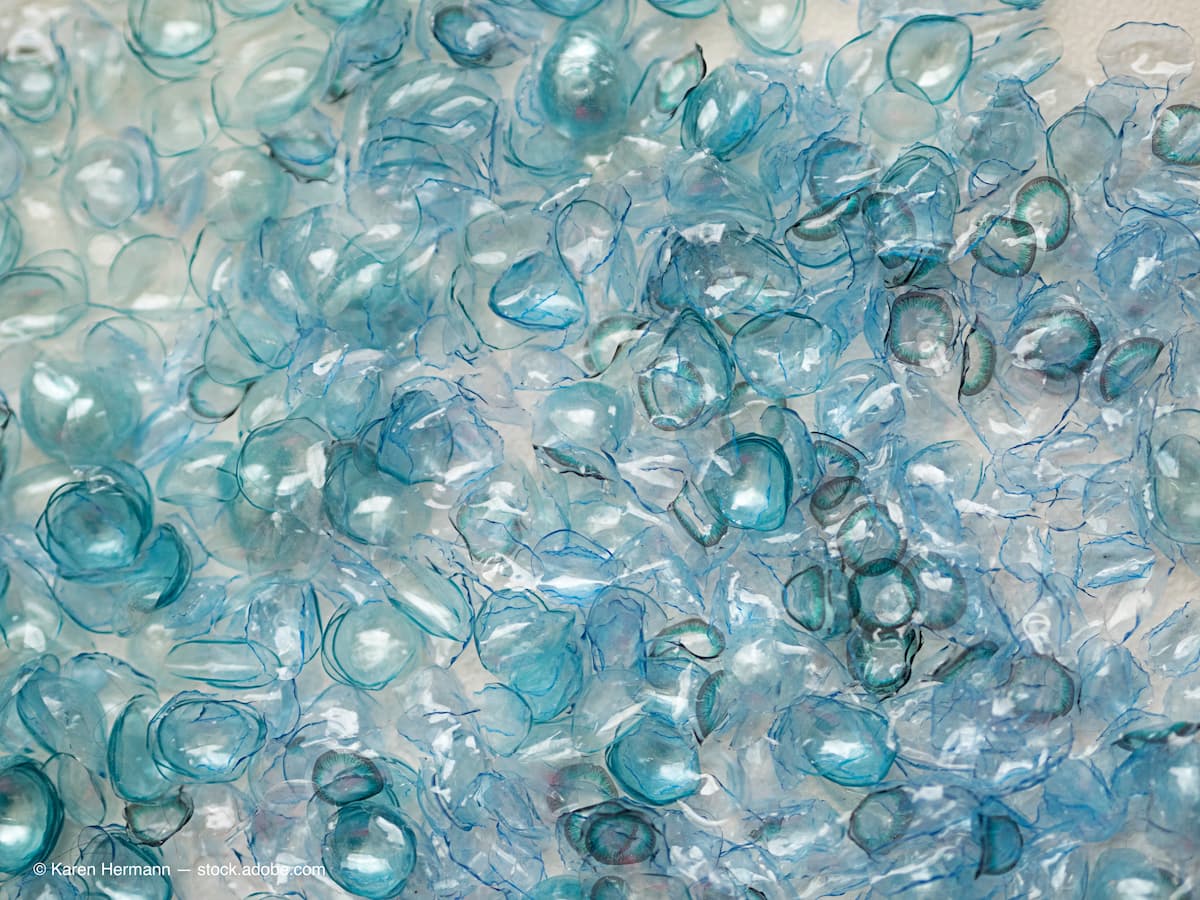CooperVision expands plastic neutrality initiative
Company magnifies impact of sustainability program as it celebrates milestone: 100 million plastic bottles prevented from reaching Earth’s oceans

CooperVision announced the expansion of their net plastic neutrality initiative with Plastic Bank to include its Biofinity family and MiSight 1 day contact lenses in the U.S., making its most popular contact lens brands net plastic neutral.1,2
The company has also reached a significant milestone for the initiative: globally, the effort has prevented the equivalent of more than 100 million plastic bottles from entering the oceans.3
In 2021, CooperVision pioneered the first net plastic neutral contact lens with clariti 1 day in the U.S., and has continued to expand the scope of the global initiative.1 It funds Plastic Bank’s collection, processing and reuse of general ocean-bound plastic waste that is equal to the weight of the plastic contained in designated products in 27 countries throughout the Americas, Europe, and Asia-Pacific. In the U.S., this includes the clariti 1 day, MyDay, MiSight 1 day, and Biofinity brands.
“Over the past two years, thousands of eye care professionals and their patients have already contributed to this cause, simply by prescribing and wearing CooperVision 1-day contact lenses,” said Michele Andrews, OD, Vice President, Professional & Government Affairs, Americas, CooperVision. “Now, with the inclusion of Biofinity and MiSight 1 day, we are poised to make an even bigger difference.”
Beyond the positive impact on the environment, CooperVision’s plastic neutrality initiative benefits collection community members in more than 350 coastal communities who receive payments through Plastic Bank for necessities such as groceries, cooking fuel, school tuition, and health insurance.4
“We couldn’t be more thankful to everyone who has helped this program become an absolute success—the eye care professionals and wearers across the planet who share CooperVision’s sustainability commitment. Each plastic neutral contact lens that is prescribed and worn makes a difference,” said Aldo Zucaro, Senior Director, Corporate Responsibility, CooperCompanies. “Together, we’re making our oceans, our communities—and our future—better. We already have our sights set on the next 100 million.”
As a leading manufacturer of contact lenses, CooperVision is dedicated to reducing its environmental footprint, and its efforts extend beyond net plastic neutrality. The company has a track record of sustainable manufacturing and operations focused on areas in which it can make the greatest impact. CooperVision has developed manufacturing processes resulting in award-winning conservation efforts in Puerto Rico and sustainability certifications in Puerto Rico, Costa Rica, Spain, the U.K., and the U.S.5
References
1. CVI data on file, 2022.
2. CVI data on file, 2022. US industry reports and internal estimates.
3. CVI data on file, 2022 for a complete list of participating brands by country. Total bottles as derived through Plastic Bank's impact dashboard through as of 11/16/2022.
4. CVI data on file, 2022. Total communities impacted through Plastic Bank's impact dashboard as of 12/31/2022. https://plasticbank.com/faq/ethical-collection-communities
5. https://coopervision.com/our-company/news-center/press-release/coopervision-celebrates-earth-day-expansion-plastic-neutrality
Newsletter
Want more insights like this? Subscribe to Optometry Times and get clinical pearls and practice tips delivered straight to your inbox.